Education
Mineral vs Chemical
Mineral sunscreen that contain both Zinc Oxide and Titanium Dioxide are designed to sit on top of your skin. However, Zinc Oxide is the only mineral that provides both UVA and UVB broad spectrum protection. Zinc creates a physical layer on top of skin that blocks ultraviolet rays like UVA1, UVA2 and UVB. Zinc Oxide is stable in chlorine and will not degrade to cause harmful free radicals, skin irritation or hormone disruption. Zinc Oxide in large non-nano particles will not absorb into your bloodstream.
Chemical sunscreens that now flood the market are designed to absorb into your bloodstream through your skin where a chemical reaction takes place. This reaction then absorbs the ultraviolet radiation as energy and disperses it as heat. These chemicals are linked to hormone disruption and coral reef bleaching. Companies tend to blend active chemicals ingredients with minerals like zinc to provide better protection. When shopping for sunscreen be sure the only active ingredient is Zinc Oxide (non-nano).
Our body is constantly filtering environmental toxins. Lets help it out and give it one less toxin to have to deal with.
Coral Reefs
Coral reefs are on the decline globally, they make up less than 1% of the ocean floor yet provide food and shelter for more than 1 million species and a quarter of all fish.
6,000 tons of sunscreen enter into Hawai’i ocean annually; this is equivalent to 93 humpback whales. Globally over 14,000 tons of toxic sunscreen enter the ocean each year. The chemical ingredients leaching into waters and coral reefs is not just from swimmers, but from sewage. The ingredients found in common household products rinse off our bodies and end up in lakes, rivers and oceans.
It's up to us as a community to make simple changes in our daily skin care routines to help protect not only the ocean but also our selves. While there are a lot of things out of our control sunscreen habits is one that is.
A reef bleaching is a coping mechanism to stress. While it can recover it will eventually die if the stress continues.
Understanding Zinc
Zinc is a powdered mineral that sits on top of the skin.
Zinc oxide comes in two different forms; either nano or non-nano. It is measured by 100 billionths of a meter or 100 nanometers (nm); any zinc oxide with a particle smaller than 100nm is considered a nanoparticle. Non-nano is anything larger than this. Nanoparticles are thought to be a health risk and should be avoided. While the FDA doesn’t weigh in not this; we would err on the side of caution and only use non-nano particles.
Our sunscreen uses large particle non-nano zinc greater than 300nm. Its also used in diaper rash creams ( We actually just use the sunscreen!)
It is always best to stay covered when possible
- UV skins
- Hats
- Umbrellas
While sunscreen is important it should be a second line of protection.
What is SPF?
The higher the SPF the higher the UV protection right? Unfortunately, not true.
This is misleading information, double the SPF is not double the protection. An SPF of 30 is not double the protection of SPF 15, but it does block ½ the radiation.
SPF 15 blocks 93% of UV rays
SPF 30 blocks 97% of UV rays
SPF 50 blocks 98% of UV rays
Imagine 100 rays or photons on your skin, this would be equal to not wearing any sunblock. An SPF of 15 allows for 7 out of the 100 rays/photons to reach your skin. An SPF 30 allows for 3 out of the 100 rays/photons to reach your skin. SPF 50 allows for 2 out of the 100 rays/photons to reach your skin.
There is no possible way to block 100% of UV rays, therefore an SPF of 70 or even 90 is no different than SPF 50.
Sunscreen labeling is loosely regulated and much of it is a marketing attempt to attract buyers.
Always cover up with a hat and UV shirts when possible; they are the best protection from UV radiation.
Difference between UVA/UVB
Ultraviolet radiation is the electromagnetic light transferred from the sun to the earth. UV rays are the leading cause of basal cell carcinoma, squamous cell carcinoma, and non melenoma skin cancer. There are two important UV rays; UVA & UVB which cross the ozone layer and of are great concern.
UVA accounts for 95% of the UV rays reaching the earths surface and have a constant level of intensity all day, year round. UVA can penetrate clouds and glass. UVA is not responsible for typical sunburns, but is known as the tanning ray. Its rays penetrate the deeper layers of our skin which disturbs DNA synthesis leading to skin cancer.
UVB is the other harmful UV ray that will cause sunburn, signs of aging and of course skin cancer. Its level of intensity varies according to time of day, season and elevation.
Currently the US does not regulate the UVA/UVB protection, they do not require sunscreens to provide UVA protection, which is proven to cause cancer.



